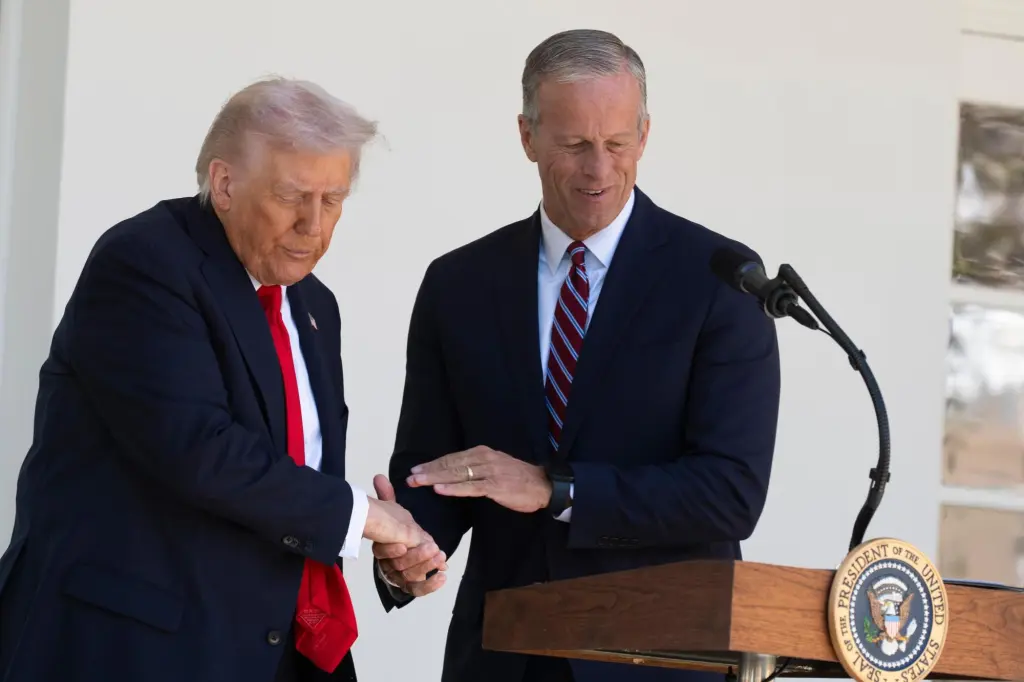Copyright St. Paul Pioneer Press

To place an obituary, please include the information from the obituary checklist below in an email to obits@pioneerpress.com. There is no option to place them through our website. Feel free to contact our obituary desk at 651-228-5263 with any questions. General Information: Your full name, Address (City, State, Zip Code), Phone number, And an alternate phone number (if any) Obituary Specification: Name of Deceased, Obituary Text, A photo in a JPEG or PDF file is preferable, TIF and other files are accepted, we will contact you if there are any issues with the photo. Ad Run dates There is a discount for running more than one day, but this must be scheduled on the first run date to apply. If a photo is used, it must be used for both days for the discount to apply, contact us for more information. Policies: Verification of Death: In order to publish obituaries a name and phone number of funeral home/cremation society is required. We must contact the funeral home/cremation society handling the arrangements during their business hours to verify the death. If the body of the deceased has been donated to the University of Minnesota Anatomy Bequest Program, or a similar program, their phone number is required for verification. Please allow enough time to contact them especially during their limited weekend hours. A death certificate is also acceptable for this purpose but only one of these two options are necessary. Guestbook and Outside Websites: We are not allowed to reference other media sources with a guestbook or an obituary placed elsewhere when placing an obituary in print and online. We may place a website for a funeral home or a family email for contact instead; contact us with any questions regarding this matter. Obituary Process: Once your submission is completed, we will fax or email a proof for review prior to publication in the newspaper. This proof includes price and days the notice is scheduled to appear. Please review the proof carefully. We must be notified of errors or changes before the notice appears in the Pioneer Press based on each day’s deadlines. After publication, we will not be responsible for errors that may occur after final proofing. Online: Changes to an online obituary can be handled through the obituary desk. Call us with further questions. Payment Procedure: Pre-payment is required for all obituary notices prior to publication by the deadline specified below in our deadline schedule. Please call 651-228-5263 with your payment information after you have received the proof and approved its contents. Credit Card: Payment accepted by phone only due to PCI (Payment Card Industry) regulations EFT: Check by phone. Please provide your routing number and account number. Cash: Accepted at our FRONT COUNTER Monday – Friday from 8:00AM – 3:30PM Rates: The minimum charge is $162 for the first 12 lines. Every line after the first 12 is $12.20. If the ad is under 12 lines it will be charged the minimum rate of $162. Obituaries including more than 40 lines will receive a 7.5% discount per line. On a second run date, receive a 20% discount off both the first and second placement. Place three obituaries and the third placement will be free of charge Each photo published is $125 per day. For example: 2 photos in the paper on 2 days would be 4 photo charges at $500. Deadlines: Please follow deadline times to ensure your obituary is published on the day requested. Hours Deadline (no exceptions) Ad Photos MEMORIAM (NON-OBITUARY) REQUEST Unlike an obituary, Memoriam submissions are remembrances of a loved one who has passed. The rates for a memoriam differ from obituaries. Please call or email us for more memoriam information Please call 651-228-5280 for more information. HOURS: Monday – Friday 8:00AM – 5:00PM (CLOSED WEEKENDS and HOLIDAYS) Please submit your memoriam ad to memoriams@pioneerpress.com or call 651-228-5280. BY SEUNG MIN KIM, Associated Press WASHINGTON (AP) — Seemingly frustrated by the government shutdown and Democrats’ unwillingness to accept a Republican funding bill, President Donald Trump is once again demanding that the Senate eliminate the legislative filibuster. The filibuster is a longstanding parliamentary tool that halts action on most bills unless 60 senators in the 100-member chamber vote to move forward. Over the years, it has stymied policy priorities for Democrats and Republicans alike, and Trump has been complaining about the maneuver since his first White House term. Getting rid of it would be a way for Republicans to immediately end the now month-long shutdown, he said. “It is now time for the Republicans to play their ‘TRUMP CARD,’ and go for what is called the Nuclear Option — Get rid of the Filibuster, and get rid of it, NOW!” the president wrote on his social media site Thursday night. But majority Republicans have strongly resisted calls to eliminate the legislative filibuster, since it would dilute their power if and when they are in the minority again. In its best form, the filibuster encourages compromise and dealmaking. Here are some common questions about the filibuster, and why it’s coming up now in the shutdown debate. What is a filibuster? Unlike the House, the Senate places few constraints on lawmakers’ right to speak. But senators can use the chamber’s rules to hinder or block votes. That’s what’s effectively a filibuster — a term that, according to Senate records, began appearing in the mid-19th century. The filibuster isn’t in the Constitution and it wasn’t part of the Founding Fathers’ vision for the Senate. It was created inadvertently after Vice President Aaron Burr complained in 1805 that the chamber’s rule book was redundant and overly complicated, according to historians. But how the filibuster is used today doesn’t resemble the public’s longstanding perception of the tactic, which was made famous by the 1939 film, “Mr. Smith Goes to Washington,” in which James Stewart played a senator who spoke on the floor until exhaustion. Now, senators inform their leaders — and often confirm publicly — that they will filibuster a bill. No lengthy speeches required. Nonetheless, the Senate still needs to muster 60 votes to move past that obstacle. If they get that, then senators can move to final passage, which only requires a simple majority. Wait — isn’t the filibuster already gone? Yes, but only for nominations. In 2013, then-Senate Majority Leader Harry Reid, D-Nev., led Senate Democrats in eliminating the filibuster for all nominations except for candidates to the Supreme Court, triggering what’s known in the Senate as the “nuclear option.” Democrats were fed up with repeated Republican filibusters of President Barack Obama’s nominees, especially to the influential U.S. Court of Appeals for the District of Columbia Circuit. Kentucky Sen. Mitch McConnell, then the minority leader, furiously warned Democrats that they’d come to regret going nuclear. And he returned the favor in 2017, when Republicans moved to eliminate the filibuster on Supreme Court nominees as they confirmed Neil Gorsuch to the high court. Trump mentioned in his Truth Social post that eliminating the filibuster would help Republicans get the “best Judges” and the “best U.S. Attorneys,” but it’s unclear what he meant since he needs only a simple majority to install those picks. Democrats came close to dumping the legislative filibuster for voting rights legislation in 2022, but faced resistance from then-Sens. Kyrsten Sinema of Arizona and Joe Manchin of West Virginia. They said changes to the filibuster would haunt Democrats if Republicans regain control of Congress and the White House — which the GOP did, not long after. Earlier this year, Republicans changed the Senate’s rules further to make it easier to confirm large groups of the least controversial executive branch nominees. But they have resisted calls from Trump to eliminate so-called “blue slips” that allow both senators to sign off on some lower court judges regardless of party. What does this have to do with the shutdown? As with any government funding bill — and most other legislation — Republicans need help from at least a handful of Democrats to clear the 60-vote threshold in the Senate since they control just 53 votes. In exchange for their votes on a stopgap funding bill, most Democrats have been demanding an extension of subsidies for people who purchase health coverage under the Affordable Care Act. Republicans say that’s a costly nonstarter, especially on a bill that keeps the federal government operating for a mere seven weeks. Democrats argue that because the Senate needs 60 votes to advance funding bills, that gives them leverage. As the shutdown drags on, frustrated Republicans have been floating the idea of getting rid of the filibuster in order to erase that leverage. “Maybe it’s time to think about the filibuster,” said Sen. Bernie Moreno, R-Ohio, on Fox News earlier this month. “Let’s just vote with Republicans. We’ve got 52 Republicans. Let’s go, and let’s open the government. It may get to that.” (There are 53 GOP senators, but one — Kentucky Sen. Rand Paul — is a committed ‘no’ on funding bills.) Where do Republicans stand on dumping the filibuster? Unlike many other demands from Trump, GOP senators have generally resisted his calls to get rid of the filibuster. Senate Majority Leader John Thune has long defended the filibuster, and began his tenure as the Senate’s top official in January pledging to preserve it. He reiterated those sentiments in early October, saying the filibuster is “something that makes the Senate the Senate” and that the “60-vote threshold has protected this country.” His spokesman emphasized on Friday after Trump’s comments that Thune’s position hasn’t changed. Veteran senators who have seen the chamber swing back and forth from Democratic to Republican control are generally the ones who are the most firm on keeping the filibuster. But even some newer members agree. “The filibuster forces us to find common ground in the Senate,” Sen. John Curtis, R-Utah, elected in 2024, said on social media on Friday. “Power changes hands, but principles shouldn’t. I’m a firm no on eliminating it.” Oftentimes, House Republicans weigh in on Senate strategy, urging GOP senators to follow Trump’s wishes to eliminate the filibuster. But House members — unfortunately for them — have no influence on what the Senate does. Speaker Mike Johnson said he texted with the president after Trump’s late-night demand but refused to publicly weigh in on the filibuster question. “It’s not my call,” Johnson said during his daily press conference at the Capitol.



